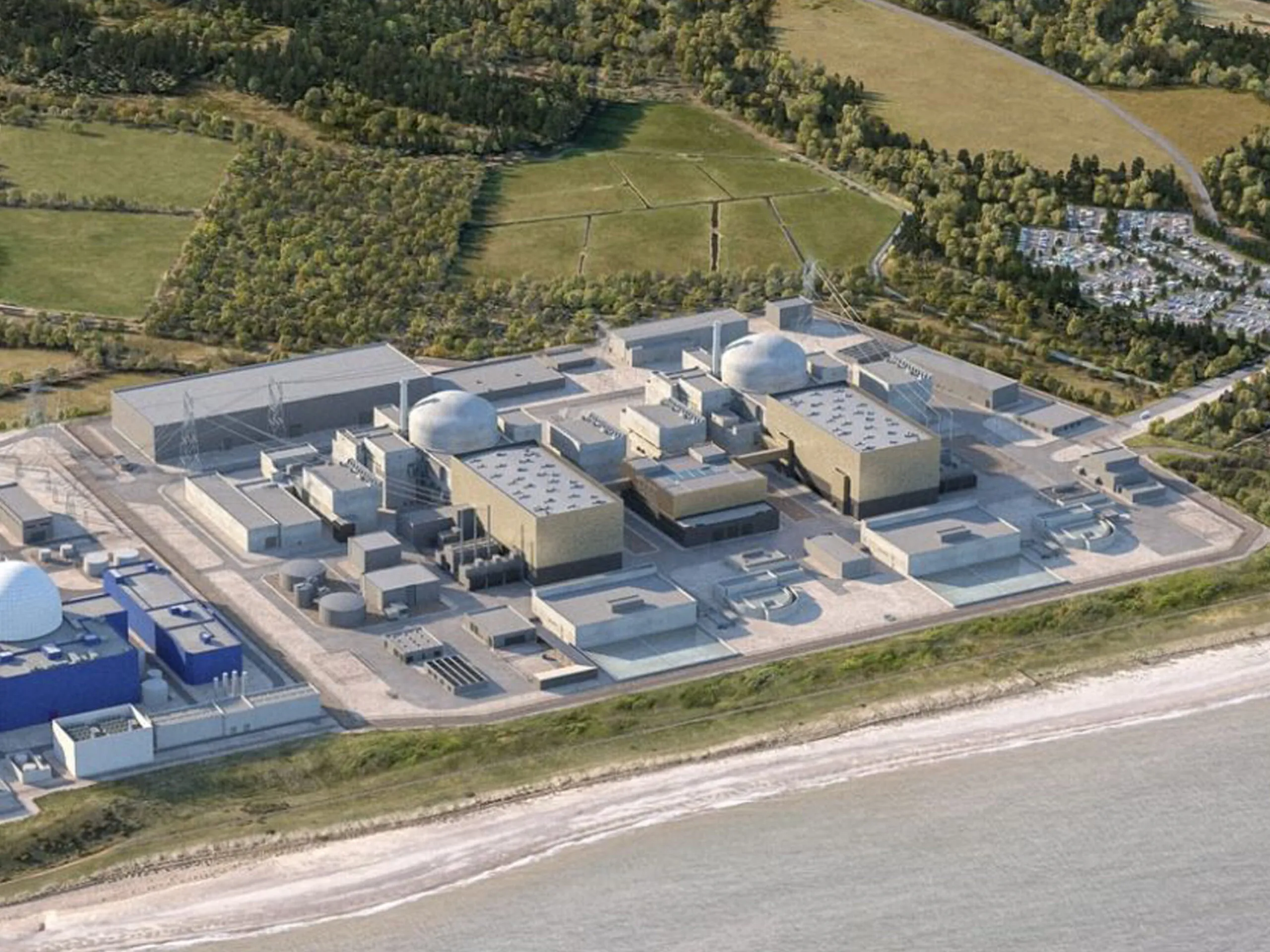• Cost of matching electricity supply and demand hits new two-year high
• £7 billion balancing price tag for 2022 and 2023 is ‘borne by consumers’
• High costs due to record prices for power, and shrinking baseload
The cost of balancing Britain’s power grid reached a record £7 billion in 2022 and 2023, a 55 percent increase on the previous two years, according to Nuclear Industry Association analysis of newly released data by the National Grid Electricity Systems Operator (ESO).
Balancing the grid cost billpayers £2.85 billion in 2023, which is equivalent to every electricity consumer in Britain, including households and businesses, paying an extra £80 per year. National Grid ESO says balancing costs “are ultimately borne by consumers.”
Balancing costs have spiralled since the beginning of the energy crisis: between September 2021 and December 2023, ESO data shows £8.48 billion has been spent on balancing the electricity grid. For comparison, it cost £1.2 billion to balance the grid in 2019 and £1.8 billion in 2020.
Since electricity cannot be stored, National Grid must pay to either bring on or turn off electricity generation to keep supply and demand in balance at all times. The more unpredictable sources of generation are, the more difficult the task becomes.
These soaring costs are in part a consequence of a shrinking baseload capacity as nuclear stations retire without replacement, coupled with a reliance on expensive gas to fill the gaps in electricity generation.
Nuclear power helps reduce balancing costs because its output is stable and predictable day-to-day, in contrast to using gas to balance variable generation. The Government estimates building a new nuclear power station using the RAB model would cost about £1 per month for consumers.
Tom Greatrex, Chief Executive of the Nuclear Industry Association, said:
“These costs are the price of the UK not investing in nuclear power. But if we ramp up nuclear at scale and at pace to the levels needed for energy security and net zero then we can avoid having to rely on expensive fossil gas to fill gaps in generation. For that we need to act at pace and at scale with a new fleet of large stations and SMRs to provide stable, predictable, clean power alongside renewables.”
ENDS
Notes to editors
- National Grid ESO monthly balancing costs can be found here: https://data.nationalgrideso.com/balancing/mbss
- Figures show that balancing the grid cost £4.19 billion in 2022, taking the overall total for 2022 and 2023 to £7.04 billion. It represents a £2.6 billion increase compared to the £4.44 billion total for 2020 and 2021.
- The ONS estimates that there are 28.2 million households and 5.41 million businesses in Britain.
- The Government says a nuclear project funded using he RAB model would at “most add a few pounds to typical consumer bills during this Parliament and on average less than £1 per month during the full construction phase of the project.”
- The UK has five generating nuclear power stations, providing around 14% of the country’s electricity from 5.9 GW of capacity. All but one (Sizewell B) are currently scheduled to come offline by 2030.
- Nuclear has saved the UK over 2.3 billion tonnes of carbon emissions, more than any other source.
About the Nuclear Industry Association
As the trade association for the civil nuclear industry in the UK, the Nuclear Industry Association represents more than 250 companies across the UK’s nuclear supply chain.
Links
Visit our website: https://www.niauk.org/
Follow the NIA on Twitter @NIAUK and LinkedIn
For further information, please contact:
Iolo James
[email protected]
07517108023












